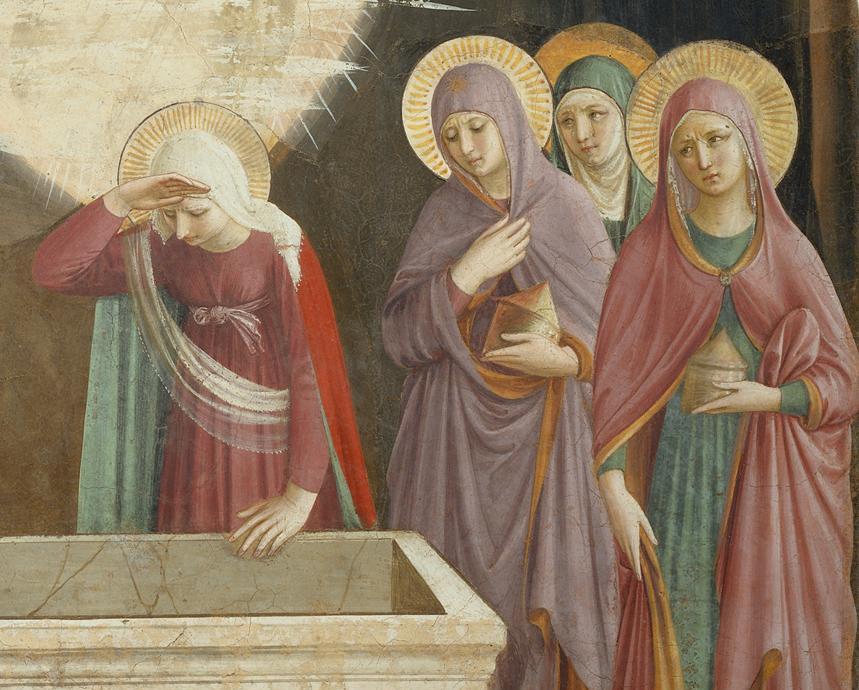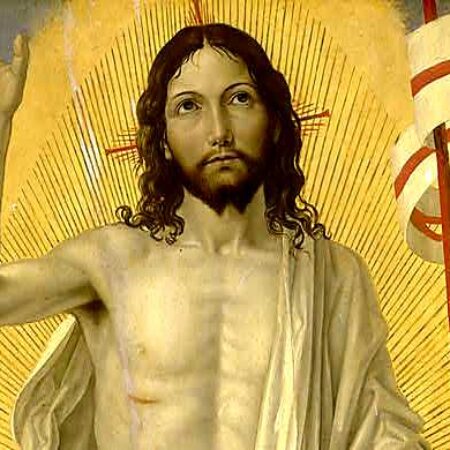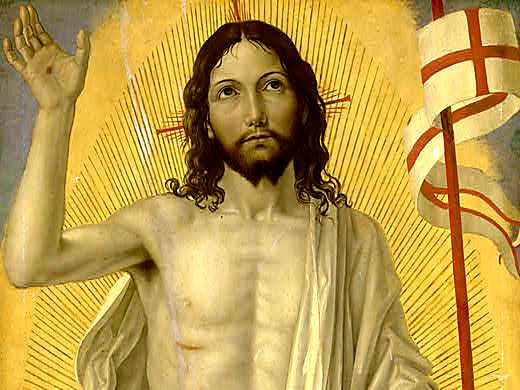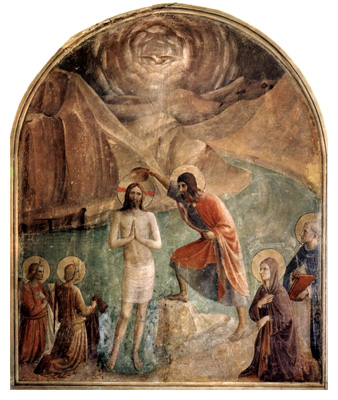by Rev. Jim Fuller
For Christians Easter is the remembrance the death and resurrection of Jesus of Nazareth. Traditional Christianity teaches that through his dying Jesus atoned for the sins of humanity; sins of the past and sins yet to come. I believe that Jesus would have been saddened by this interpretation of his final act. Being a Jew Jesus would have considered human sacrifice as unacceptable under any circumstance. Human sacrifices were viewed as pagan rituals by the Hebrew people. And yet Jesus was crucified and did die at Easter (Passover actually.) So what was this all about?
I believe that Jesus’ death and resurrection were a central part of his final teaching about the eternal nature of life; about the fact that we are spiritual in nature and can’t die. By consciously releasing his physical body Jesus also opened a way for his transition from the dense realms of the physical back into the more spacious realms of spirit from which we all come. I am fairly certain that it was the disciples strong identification with their bodies as “themselves” that brought fear and confusion into the essentially simple but powerful teaching act of laying aside the body and returning to spirit. Bible scholar George Lamsa notes that in the Eastern Peshitta Bible, written in the Aramaic language, Jesus’ words on the cross are not “My God, my God, why have you forsaken me?” as they are usually translated from the Greek texts but “My God, my God, for what a (great) purpose you have kept me!”
Traditional Christianity theology typically uses the Gospel of John, the last of the gospels to be written, as its starting point for creating its theology. It takes the “I am” language found there to impose a “Jesus as God” theology onto our gospels along with a theology of death as sacrifice. While John is beautifully written it is not at all concerned with historical accuracy and was primarily written to argue against the messages of earlier and more historically based gospels. The Gospel of Mark is the earliest of our gospels and served as a model for the later gospels of Matthew and Luke. The Gospel of Thomas, an independent collection of Jesus teachings, stands somewhere in between. In Mark’s gospel there is no birth story and in the original ending there are as yet no post resurrection visits by Jesus, simply the mystery of the empty tomb.
But how could a person, even a very spiritual person, arrive at such a high state of being that he or she could peacefully lay their body aside, especially when the manner of death seemed so brutal? It is in the simplicity of Mark that I believe we can begin to find the answer to that question. Mark opens with what I think of as the first death of Jesus, his dying to his body-identification sense of self. In the opening chapter of Mark Jesus is participating in a purification ritual that we now call baptism. He is ceremonially releasing the things of the past so that he can open more fully to the presence of God. And as he comes up out of the water he has a powerful spiritual experience that apparently doesn’t leave him. He hears a voice (probably inner) proclaim “You are my beloved son; with you I am well pleased.”
For me this marks the beginning of the death of Jesus the carpenter’s son; the beginning of the end of the personality or ego part of Jesus. We are told that after this experience he spends time alone in the wilderness struggling with and integrating this new spiritual self-identification. When he emerges from those “40 days” he begins to speak and live not as a Jesus the man but as Jesus, God’s son. “Who is my mother, and who are my brothers? … Whoever does the will of my Father in heaven is my brother and sister and mother.”
By the time we encounter Jesus the prophet and teacher in our gospels, Jesus the carpenter’s son has already died and been raised up to a higher (spiritual) level of consciousness. He is still living in a physical body but he is no longer defined by it or identified with it. From this higher state he shared as much of this new “son of God” awareness as he could before it was his time to move forward and return to spirit. That return to spirit would require him to release his physical body but since he no longer identified himself as a body this would not be an overwhelmingly fearful task.
In A Course In Miracles Jesus states that he intended to use the releasing of his body to teach his followers about both the spiritual nature of humanity and also the ultimate valuelessness of the physical body. While the body could be helpful for teaching and connecting with others it was not something to be defended or grieved over. You may recall that during his trials Jesus refused to defend himself. His response to those who performed the actual crucifixion was simply quiet forgiveness. Jesus knew that he was not his body and he used the crucifixion to teach this in a very poignant and powerful way. “My God, my God, for what a (great) purpose you have kept me!” Unfortunately his followers, at least the ones who created our Christian theologies, failed to get that message.
 At the end of the Gospel of Mark (the shorter or original ending) we are simply left with the mystery of the empty tomb. Where once there was a body now there is none. What are present are angels, spiritual messengers, confirming to his followers that they would continue to experience Jesus when they returned home to Galilee. This we are told freaked out Mary Magdalene, Mary the mother of James, and Salome so much that they “fled from the tomb, for terror and amazement had seized them; and they said nothing to anyone, for they were afraid.” Later stories tell us that his followers did continue to experience Jesus in his now spiritualized or resurrected state.
At the end of the Gospel of Mark (the shorter or original ending) we are simply left with the mystery of the empty tomb. Where once there was a body now there is none. What are present are angels, spiritual messengers, confirming to his followers that they would continue to experience Jesus when they returned home to Galilee. This we are told freaked out Mary Magdalene, Mary the mother of James, and Salome so much that they “fled from the tomb, for terror and amazement had seized them; and they said nothing to anyone, for they were afraid.” Later stories tell us that his followers did continue to experience Jesus in his now spiritualized or resurrected state.
We who still primarily think of ourselves as bodies (and perhaps in some secondary way as spiritual beings) often find Easter both beautiful and also disturbing. That I presume is because we have not yet experienced the first death that Jesus died, the death of the story of “me as my body and body-history.” This dying was not something Jesus accomplished by reading books or thinking his way through it. This first dying was something that happened for him as he practiced his faith. The realization “you are my beloved son (daughter) with whom I am well pleased” is not something that we can humanly or intellectually force. But we can begin to lean into that thought and to use whatever spiritual practices have meaning for us to bring us into the places where this spiritual truth can arise for us in our minds. And as this new idea begins to shine within us it will gently lead us to the place where our fears of physical death also will pass away. Once released from our old doubts and fears we too fill find ourselves resurrected, returned to the awareness of our true and timeless state of being. It is from that state of healed awareness that we too can begin to “resurrect” and ascend into God’s kingdom of peace and good; the heaven of Christ and God.
May we gently surrender and lean into the love of our Creator so that we too may be released from our old fears of death and loss. May we be resurrected into the awareness and the experience of life without limit and without end. Amen





